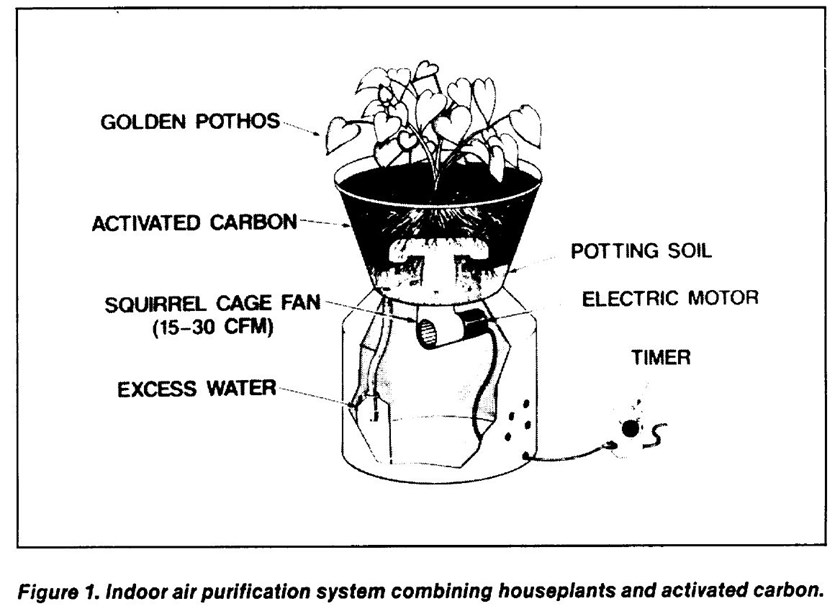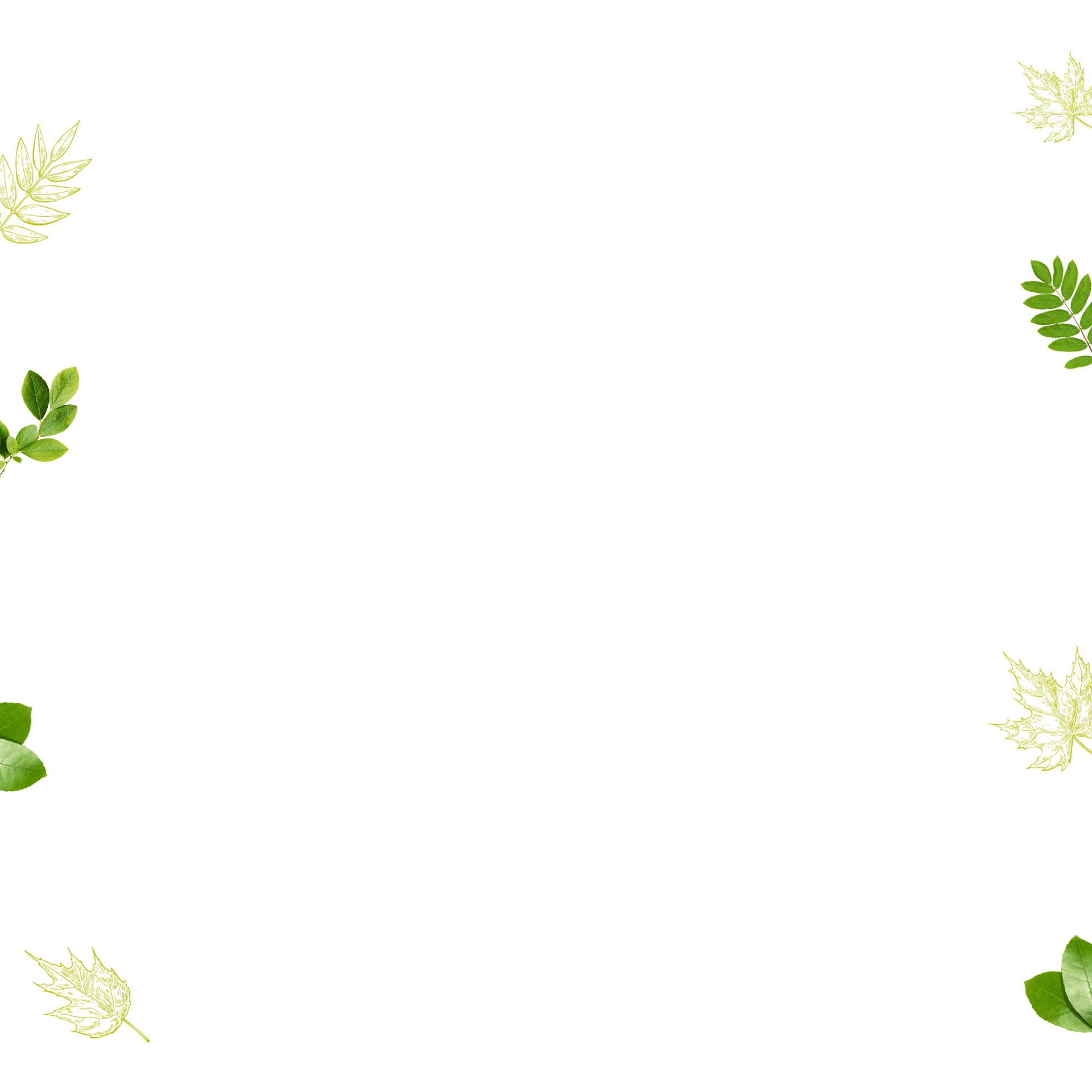Toxin Air Purifying Plants – plant myth busters
Plant myth busters are talking about air purifying plants dr. Joanna Gałązka and dr. Jakub Garnis, plant educators and Zrób To Z Nami Online project creators.
From all around the world we’re getting information about air pollution, especially in the cities that’s why we’re looking for solutions for this problem. There’s a variety of ideas – sometimes brilliant, the other times not so much. Sometimes we’re reading professional literature refreshing our minds and when we read the headers “those plants are removing toxins from the air” and other biological nonsense. In this article we’ll separate the facts from the most popular plant myth.
In this article you’ll find out:
- Why the publications about air purifying plants is often a fake new
- What research did the NASA conduct on the plants
- What influence on us do the plants have
We’re talking about NASA Clear Air Study. It’s a common fake news that’s being showed up in the media regularly especially on some websites. Variety of sites publish the plant species that according to NASA (data published in 1989) purify the air. Sometimes we don’t even know concretely what are they purifying, but they do purify something! Well speaking cautiously those research and their results are wrongly interpreted. You just need to read available data report to find out.
What did NASA research?
NASA research were supposed to find a way to purify the air in enclosed spaces, such as space stations or space habitats, from toxic substances emitted from interior elements like benzene, trichloroethylene and formaldehyde. Thus in the conducted research popular potted plants were used with low living requirements – especially low light level, such as wingflower, sansevieria, nephrolepis and ivy. The research were conducted over the years and the plants’ ability to purify the air from toxins differed. Moreover in the experiments variety of plants and toxins were used.
Meanwhile on beautiful, colorful info graphics on the internet and the news containing phrases like “those plants purify the air!” are talking about plants that will purify the air only from some of the toxins. Sometimes there is a disclaimer which plant can clean the air from which toxin, then the best plant are wingflower and chrysanthemum, but you’ll soon find out it’s all for nothing.
What really is said in NASA Research?
In NASA Clean Air Study the air was successfully purified by the appliance that can be seen on the report from 1989. It was actually a system filtrating the air which consisted of plant, but placed in a pot created to ensure the flow of the air inside the soil (underneath the pot there was a fan placed). In the research it was shown that not the plants, but actually microorganisms in the soil and their roots were removing the toxins. NASA identified the microorganisms and found out each plant consists of different type of them that’s why the wingflower was purifying the air better.
It’s good to know that without forced air flow through the roots microorganisms can also purify the air, but it’s a process 200 times less efficient than using the filtration system.
People will say that some plants can catch some toxins through the leaves and you’re right! Although NASA was pointing out that the research is only regarding enclosed spaces. The efficiency of the purifying was checked in air tight enclosed chambers, that’s why you can’t compare it to the air purifying on the outside. So to clean the air from the toxins emitted by furniture and other appliances you just need to … open the window. If you don’t have the ability to open the window you can always use commercial air purifiers.

The schematic presents the air filtration system in enclosed spaces made from potted plant and activated carbon. Source: Interior Landscape Plants for Indoor Air Pollution Abatement, Technical Memorandum, NASA, 1989.
Up to date air purifying plants list
If we want to use air purifying plants list, let’s use the most up to date not from 1989. Dr Billy C. Wolverton the boss of the NASA research team continued and extended the experiments. He published his results in 1997. Taking for consideration four factors: efficiency of purifying the air from pollution, the ease of cultivation, pest resistance and efficiency of air humidification. He created a ranking of plants:
- Dypsis lutescens,
- Rhapis excelsa,
- Chamaedorea erumpens,
- Ficus elastica,
- Dracaena deremensis ‘Janet Craig’,
- Hedera helix,
- Phoenix roebelenii,
- Ficus maclellandii ‘Alii’,
- Nephrolepis exaltata ‘Bostoniensis’,
- Spathiphyllum wallisii.
Wolverton pointed out that if the building has an efficient ventilation the role of those plants is mostly ornamental anyway.
Is it worth to cultivate plants in normal pots?
Yes! The existence of the plants in the rooms has a positive impact on us: reduces stress and lightens the mood. Water from the plants will humidify the room that is usually to dry in the room. Multiple research points out that plants in the offices have positive impacts on the workers. So the “urban jungle” trend has a lot of sense.
It’s good to know that different plants can have different impact on the human and green leafed plants with not so intensive smell will have the best influence on the work place. Repotting plants can also have positive impact on our nervous and blood system.




